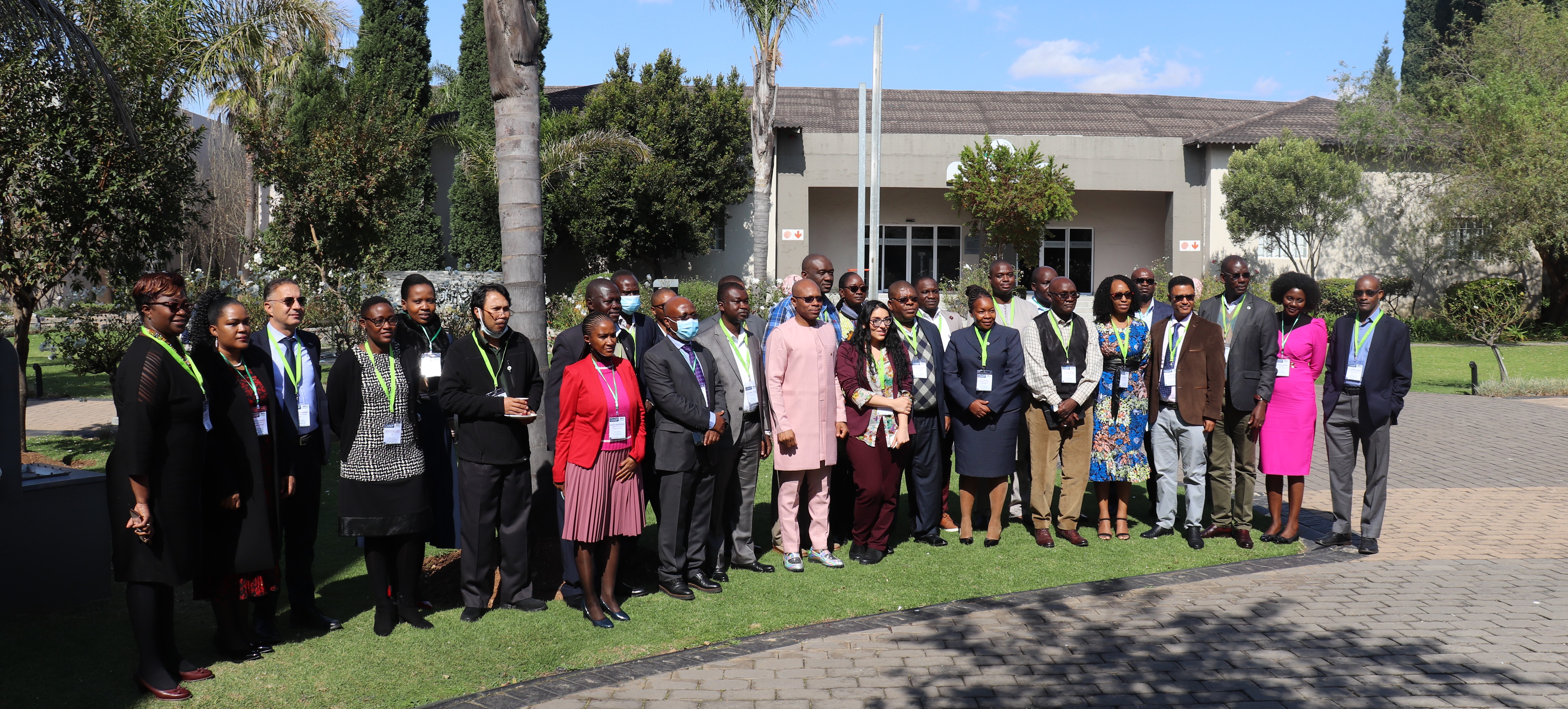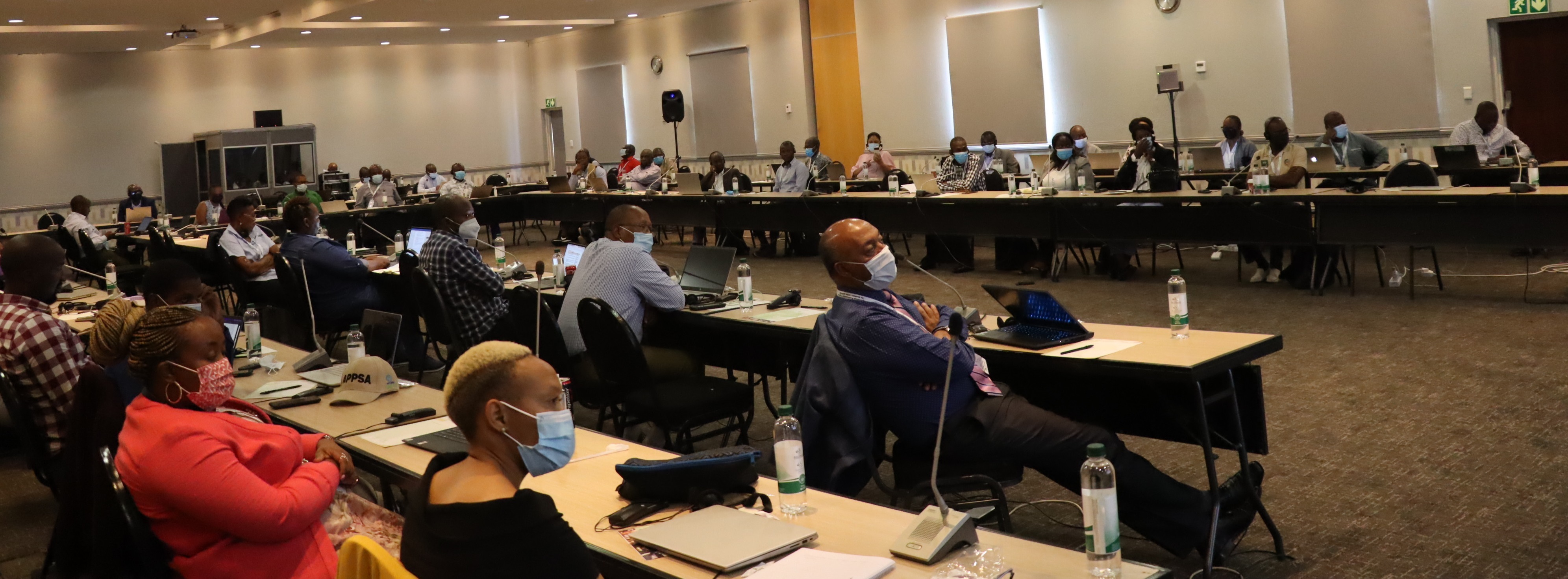Co-authors
Marta Gomez San Juan, Constance Neely, Christina Seeberg-Elverfeldt, Kaisa Karttunen, Todd Rosenstock, Josephine Kirui, Erasto Massoro, Mathew Mpanda, Anthony Kimaro, Thabit Masoud, Morgan Mutoko, Khamaldin Mutabazi, Geoff Kuehne, Anatoli Poultouchidou, Armine Avagyan, Marja-Liisa Tapio-Bistrom, and Martial Bernoux
Description/Abstract
Many smallholder farmers in developing countries are facing food insecurity, poverty, the degradation of local land and water resources, and increasing climatic variability. These vulnerable farmers depend on agriculture both for food and nutrition security and as a way of coping with climate change. If agricultural systems are to meet the needs of these farmers, they must evolve in ways that lead to sustainable increases in food production and at the same time strengthen the resilience of farming communities and rural livelihoods. Bringing about this evolution involves introducing productive climate-resilient and low-emission agricultural practices in farmers' elds and adopting a broad vision of agricultural development that directly connects farmers with policies and programmes that can provide them with suitable incentives to adopt new practices.
Citation
Planning, implementing and evaluating CSA in Smallholder Farming Systems. Food and Agriculture Organization of the United Nations (FAO) Rome, 2016.












